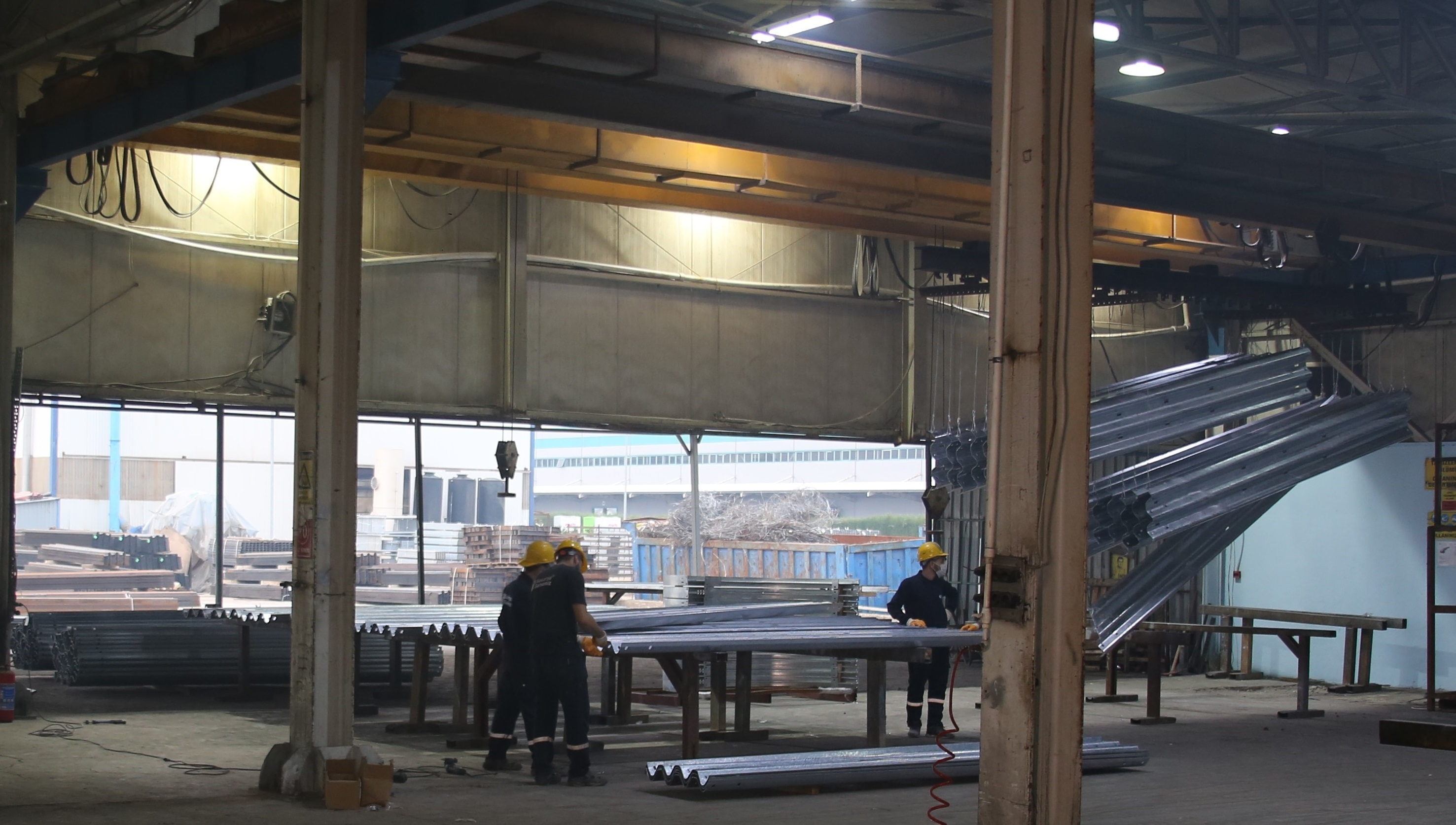What is Galvanized Coating?
The process of coating the surface of steel materials with a zinc layer by immersing them in a liquid zinc bath is called "Hot Dip Galvanized Coating". The main reason why steel materials are coated with zinc is the protection of the material against corrosion (rust).
The zinc steel coated on the material surface protects it from the effects of the environment and allows it to be used for a long time without rusting. The service life of the material varies depending on the amount of zinc coating on the surface and the environment where the material is used. As the amount of zinc coating increases, the life of the material increases.

Galvanization History
In 1741, the French chemist Melouin started coating trials by dipping iron pieces into liquid zinc. In 1787, English Professor Watson Bishop wrote articles describing the method of immersing iron materials in liquid zinc after cleaning them in ammonia solution In 1854, French scientists named Boucher and Muller discovered the steel galvanizing process applied today. British George Bedson developed the continuous annealing, cleaning and galvanizing process in 1860. In 1890, a method of stripping galvanized steel with a pad was found.

Iron Zinc Alloy Plates
When the steel is immersed in the galvanizing temperature (450 ºC) and liquid zinc, the reaction between the steel and liquid zinc starts and the alloy layers are formed as shown in the schematic below. These layers are as follows, respectively, from outside to inside.
- Eta () layer. It consists of 100% zinc.
- Zeta () layer. It contains about 94% zinc and 6% iron.
- Delta () layer. It contains about 90% zinc and 10% iron.
- The gamma () layer. It contains about 75% zinc and 25% iron.
- Steel.